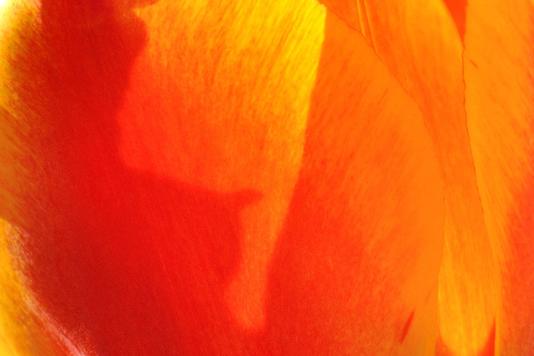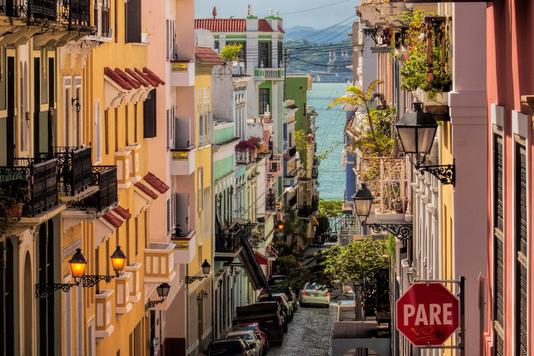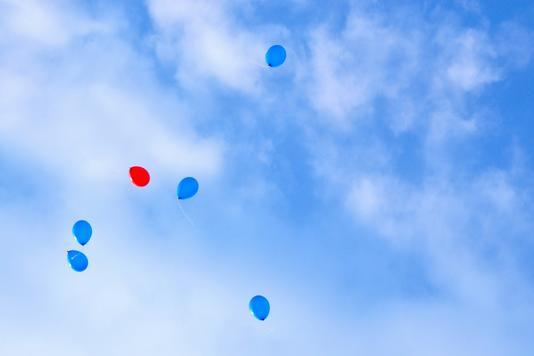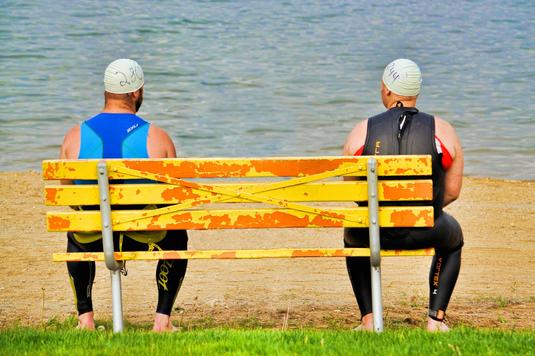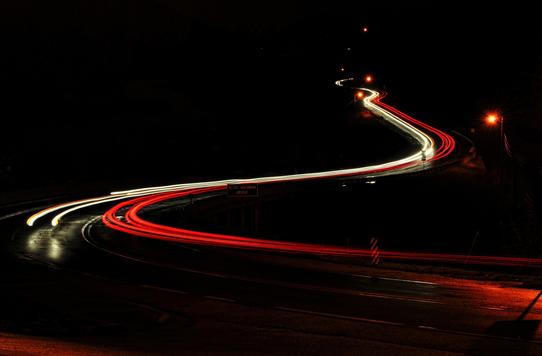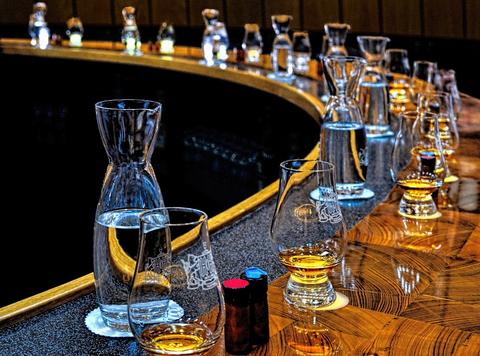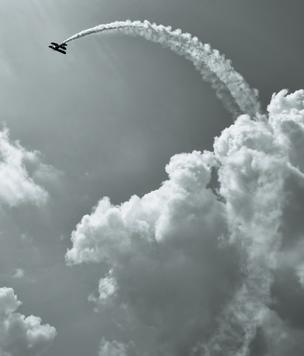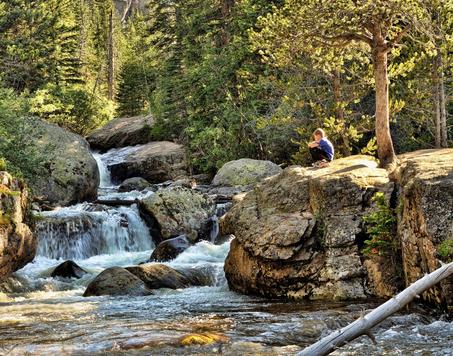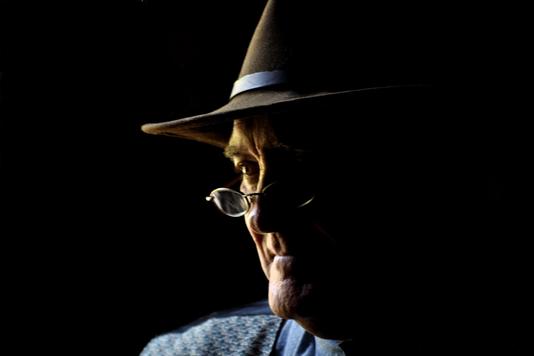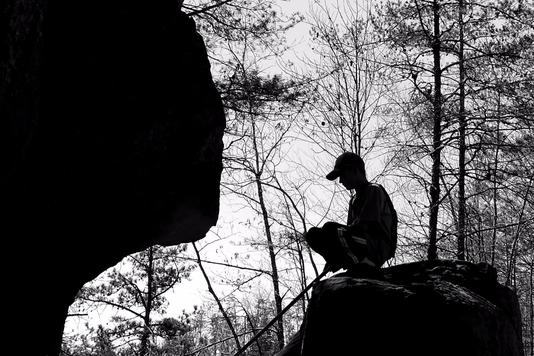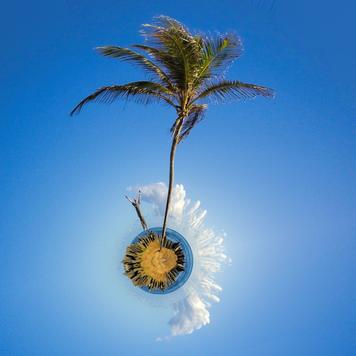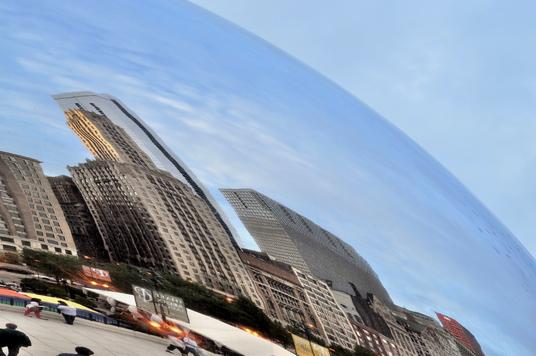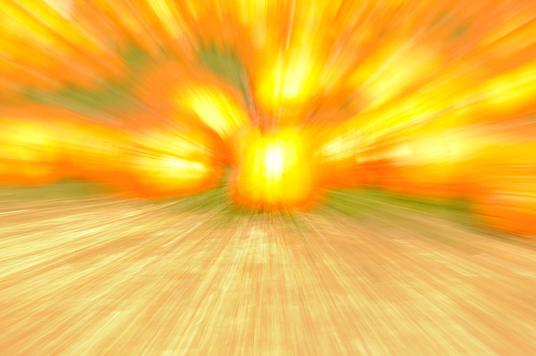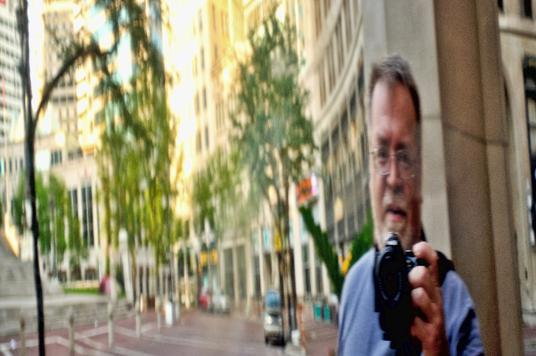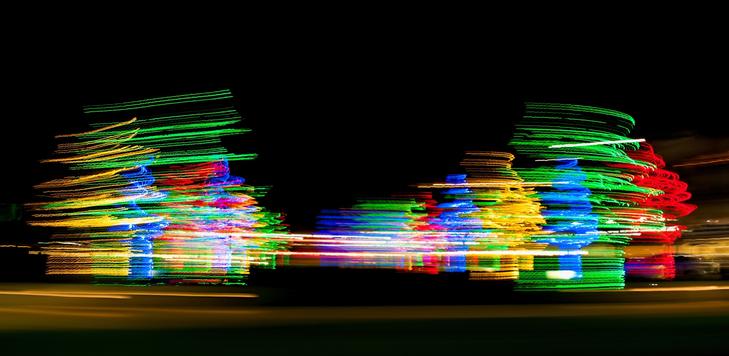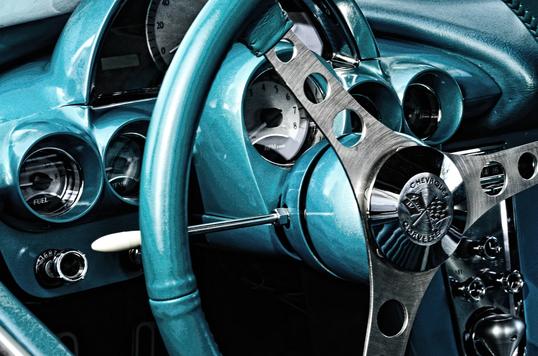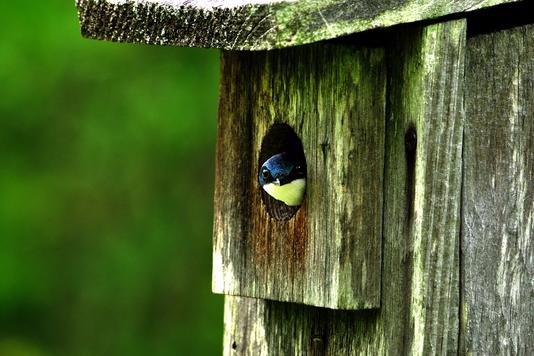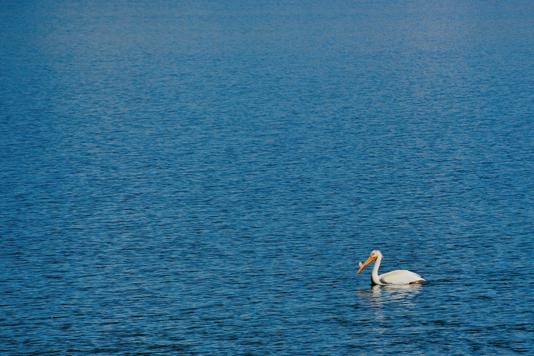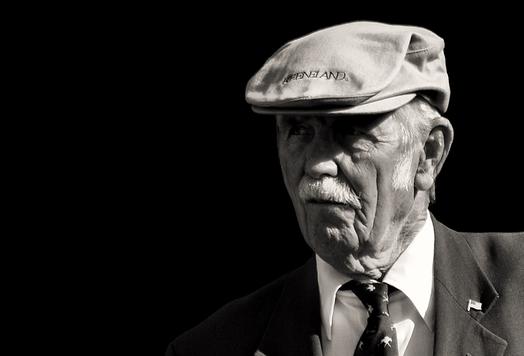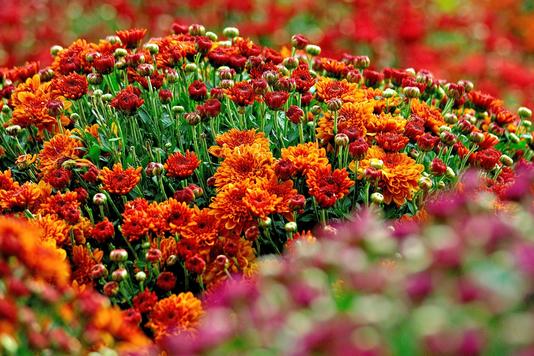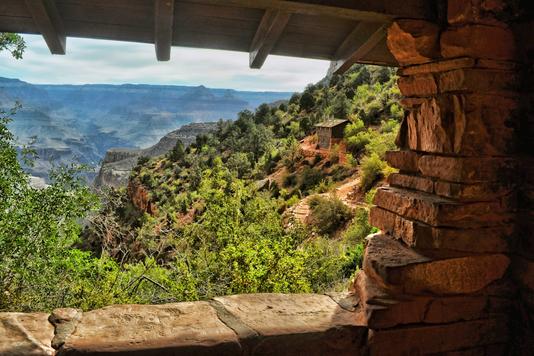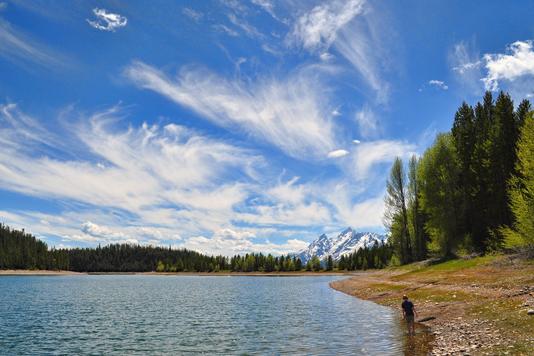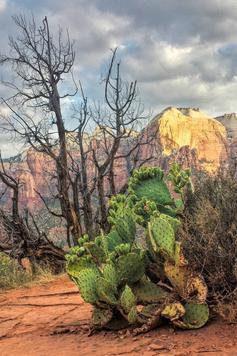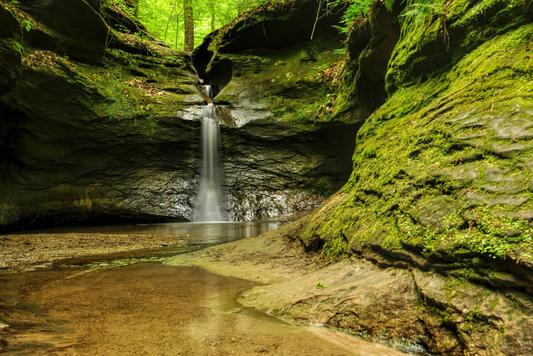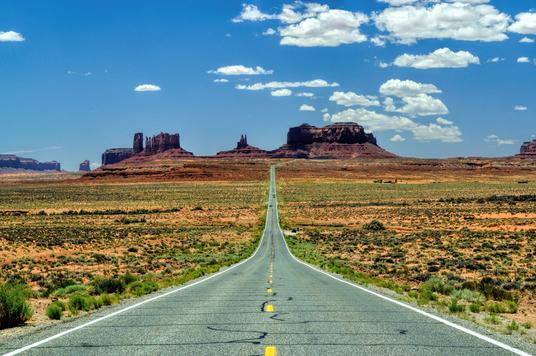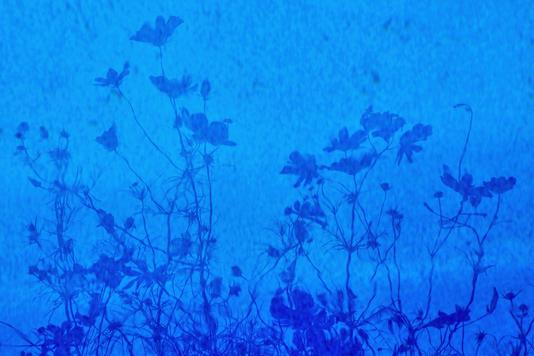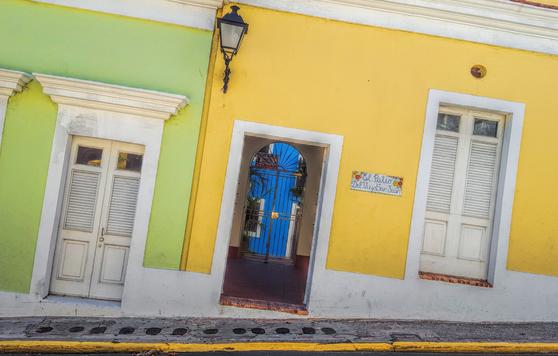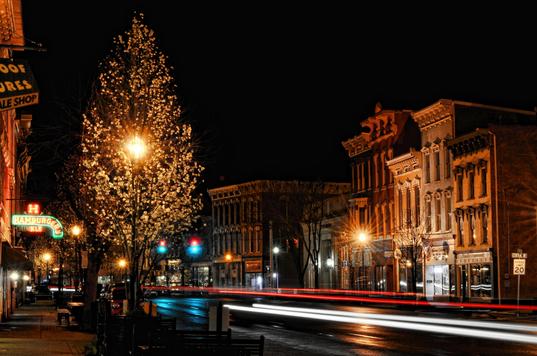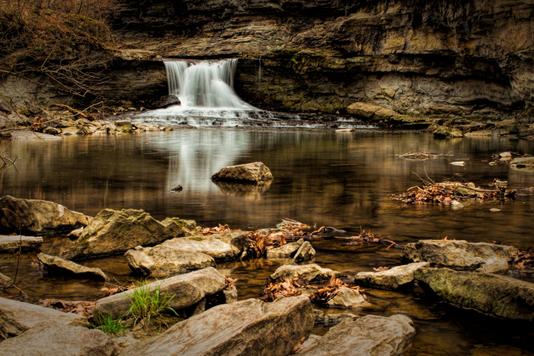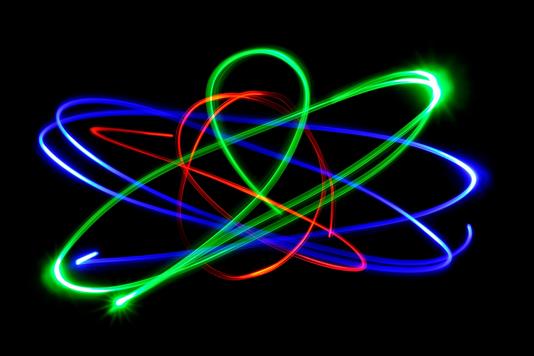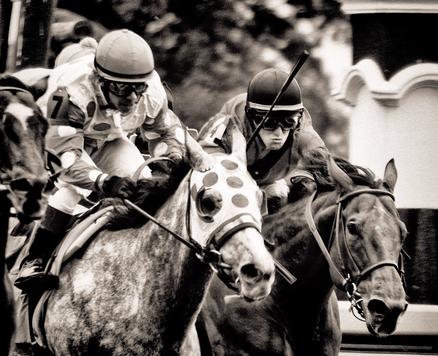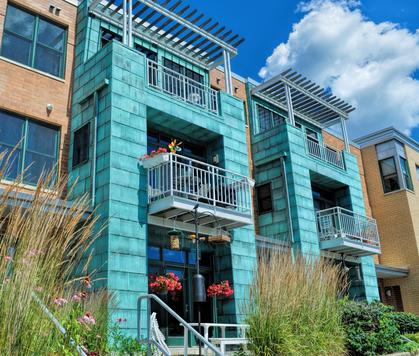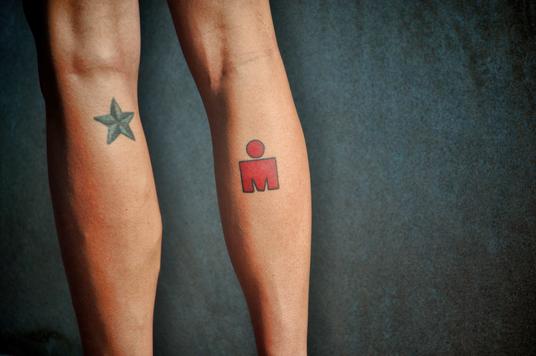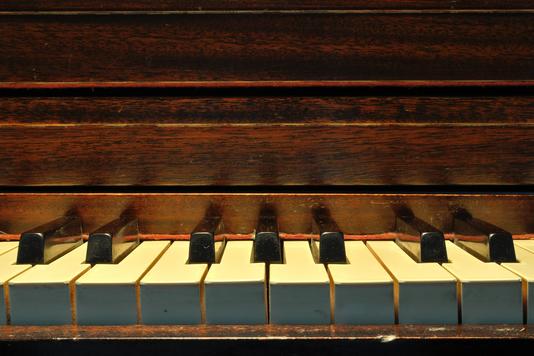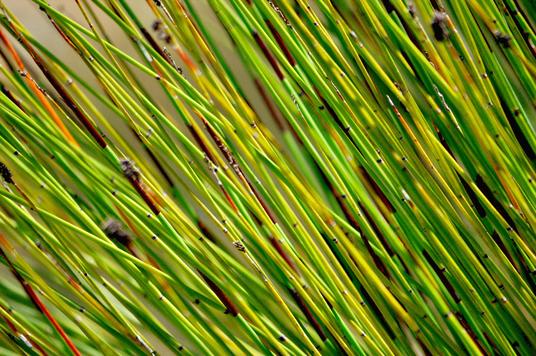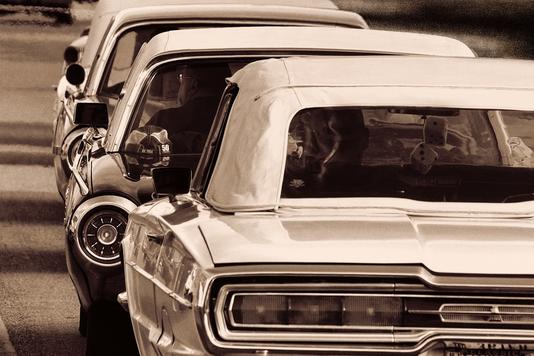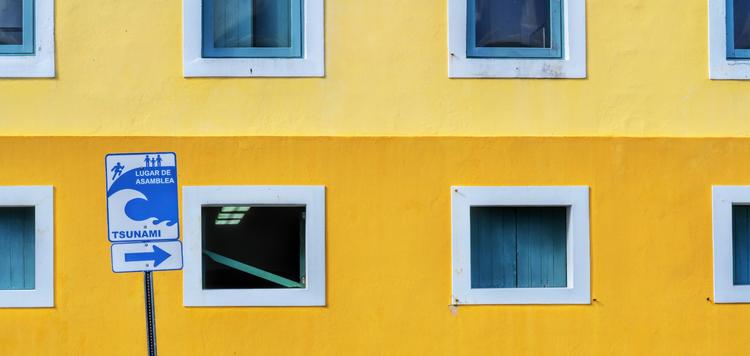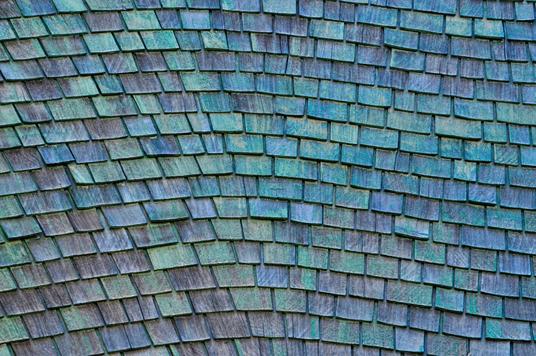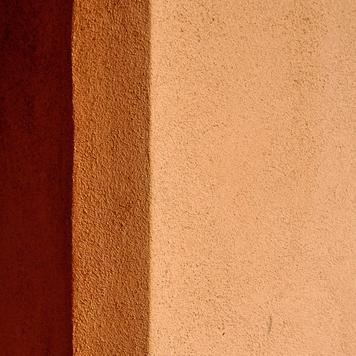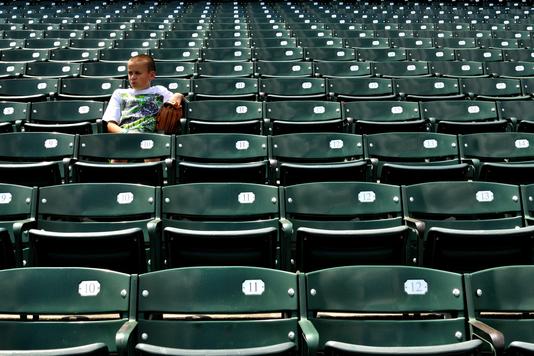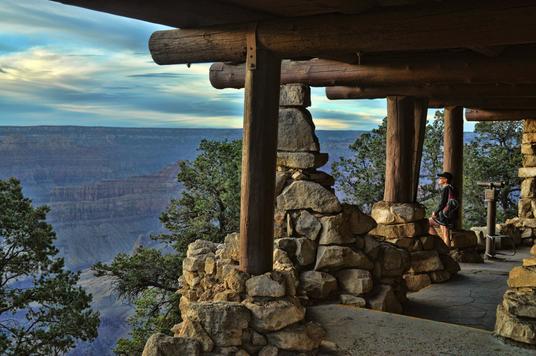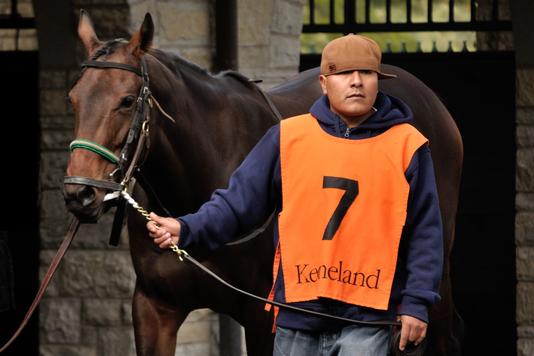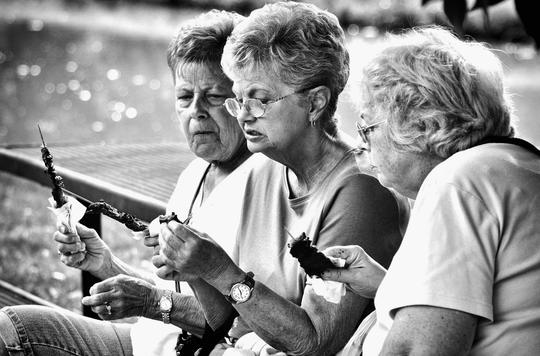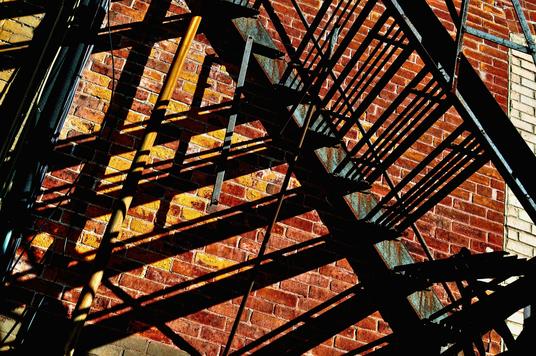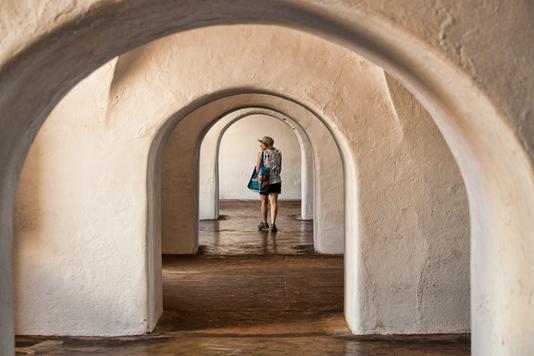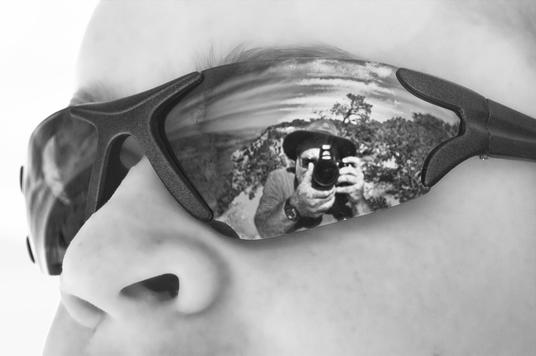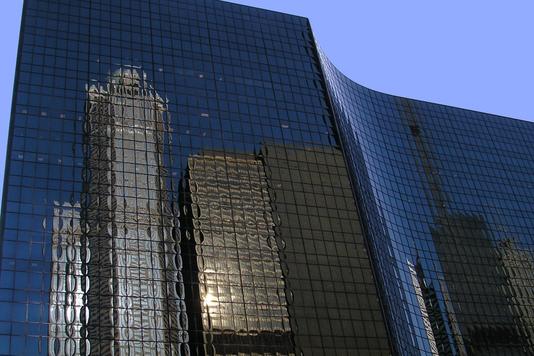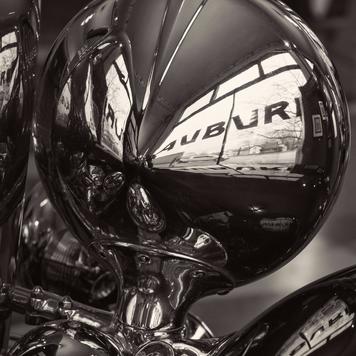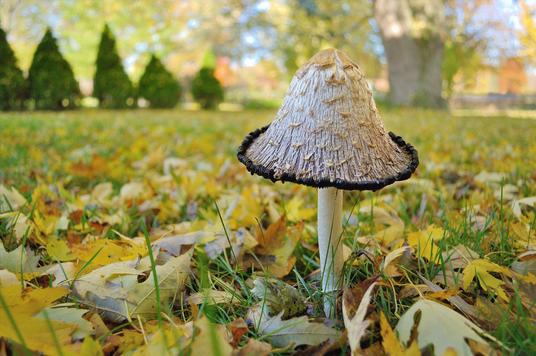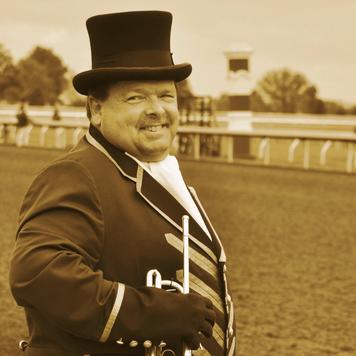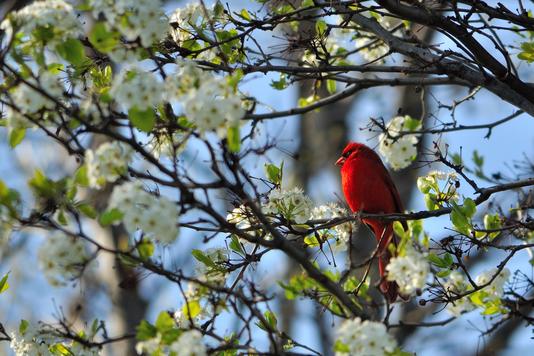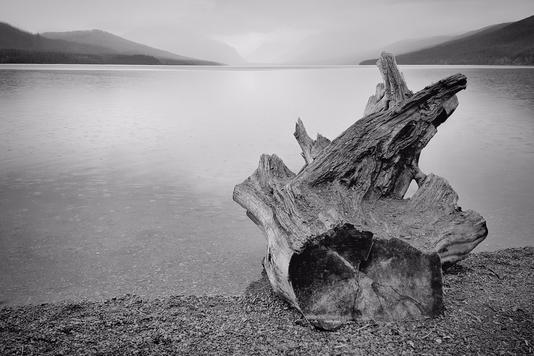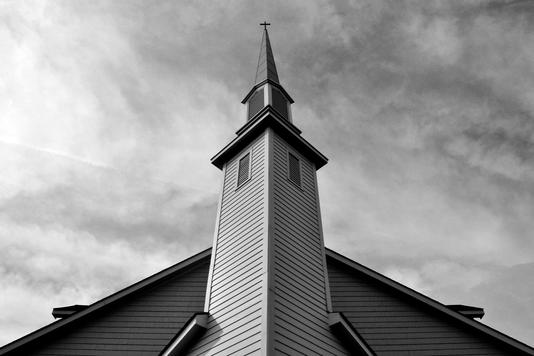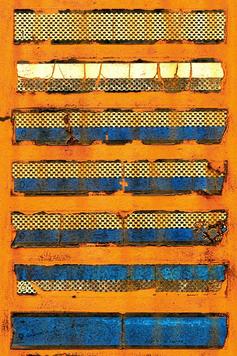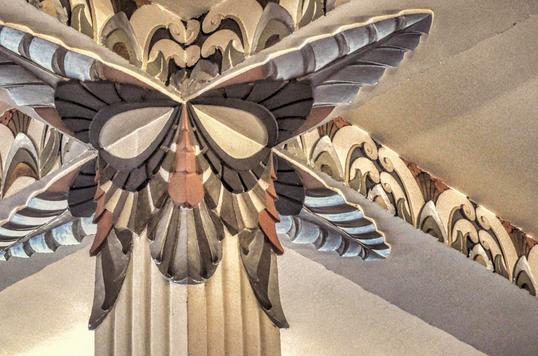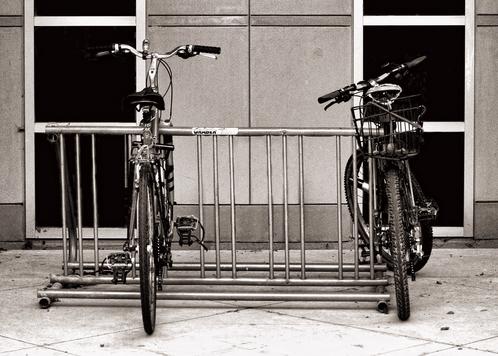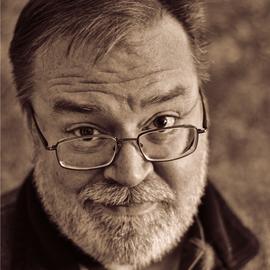
85 Photos
I'm Paul, an amateur photographer, and this is some of my stuff.
This page is - or is moving towards - five photos in each of 17 categories. Because I like to think about these things, each of the categories is meant to be a technique or characteristic or something that can lead to the creation of a compelling image. So it's not "pets" and "trains" and "architecture", but rather "curves" and "sidelighting" and "low point of view" and the like.
When I first got serious (whatever that means) about taking pictures, I was quite intentional about trying to identify what specifically appealed to me about photos that I found artistically pleasing. To me anyway, I found that there were concrete, identifiable aspects or qualities to these pictures; it wasn't just "a certain je ne sais quoi".
Most pictures that I like could easily fit in two or more categories, but for the purpose of this site, I just put 'em where I need 'em. Click on a picture for a larger version.
I don't intend for the page to be static. I'll swap out photos as I take new ones or fall out of love with old ones.
email: [email protected]
Color
Some specific examples of compelling use of color could be a single color (like black and white, but not necessarily black and white - see the blue photo under "Misdirection" for an example), two complementary or contrasting colors (often warm vs. cold), a combination of vibrant colors, or a combination of pastel colors.
Curves
It's a pretty simple concept but capturing curves in an image is a fairly reliable way to give it a certain flair.
Directional Lighting
Photographers who are better than me sometimes talk about the importance of "seeing the light". I don't quite get this yet but taking advantage of sidelit and backlit subjects seems like a good place to start.
Distortion
Sometimes it's a cheap trick, but purposely distorting the scene in front of you can create an interesting image. Create blur by moving the camera or zooming a lens, be willfully out of focus, capture a reflection from an atypical surface, shoot through something acting as an external lens, or - once in a blue moon, with great restraint - employ your post-processing tool kit.
Fill the Frame
"Fill the frame with what you love" is one of those things photographers have been saying for a long time. There is perhaps a sense of intimacy introduced when you bring the viewer so close to the subject that it can't be contained in the photo.
Isolation
Isolating your subject with negative space or a narrow depth of field puts your viewer's focus right where you want it.
Landscape with Depth
Most compelling landscape shots have depth, that is, elements in the foreground, middle ground and background.
Leading/Radiating/Converging Lines
A leading line takes the viewer's eye into or through an image. Radiating or converging lines can serve the same function, often with heightened energy.
Misdirection
There are photos that make you think that something is not quite as it appears. They're not for everyone, but I like them.
Motion
Oh, the things you can do with long (or long-ish) exposures (motion blur, light trails/painting, panning). Or freezing motion with a very short exposure is effective too.
Parallel Lines
Use horizontal lines for stability and calmness, vertical lines for strength and growth, and diagonal lines for energy (or so they say).
Patterns and Textures
Photos of textures can stimulate the sense of touch while engaging the sense of sight. The regularity of patterns is eye candy. Often, the two go hand in hand.
People
People are interesting - so it should come as no surprise that pictures of people can be interesting. That's why there are so many on this page in categories other than this one.
Perspective
There are all kinds of ways to create an image from a different perspective: get in close, shoot from down low or up high, introduce a "Dutch tilt", or shoot through something to create a "frame within a frame".
Reflection
Photography is all about light - and reflecting is an interesting thing that light just happens to be pretty good at.
Rule of Thirds
The "rule of thirds," the granddaddy of photography composition tips, encourages you to place points of interest on an imaginary tic-tac-toe grid within the frame in order to keep them out of the dead center (a possibly boring composition) and off the edges (a possibly awkward composition). Like all others, this rule was made to be broken but that's why there are other categories.
Symmetry
I'm drawn to symmetrical elements more than absolutely symmetrical images.
Infrequently-updated Statistics That May Interest Only Me
Of the photos on this page, how many...
...contain members of my family? 10
...contain people? 25
...were taken at my house? 5
...were taken within 2 miles of home? 11
...were taken in Indiana? 34
...were taken in a state or national park? 18
...are cropped square? 11
...are more than twice as wide as they are tall? 4
...are black & white (at least sort of)? 15
...were taken indoors? 6
...were not taken with a DSLR? 5










